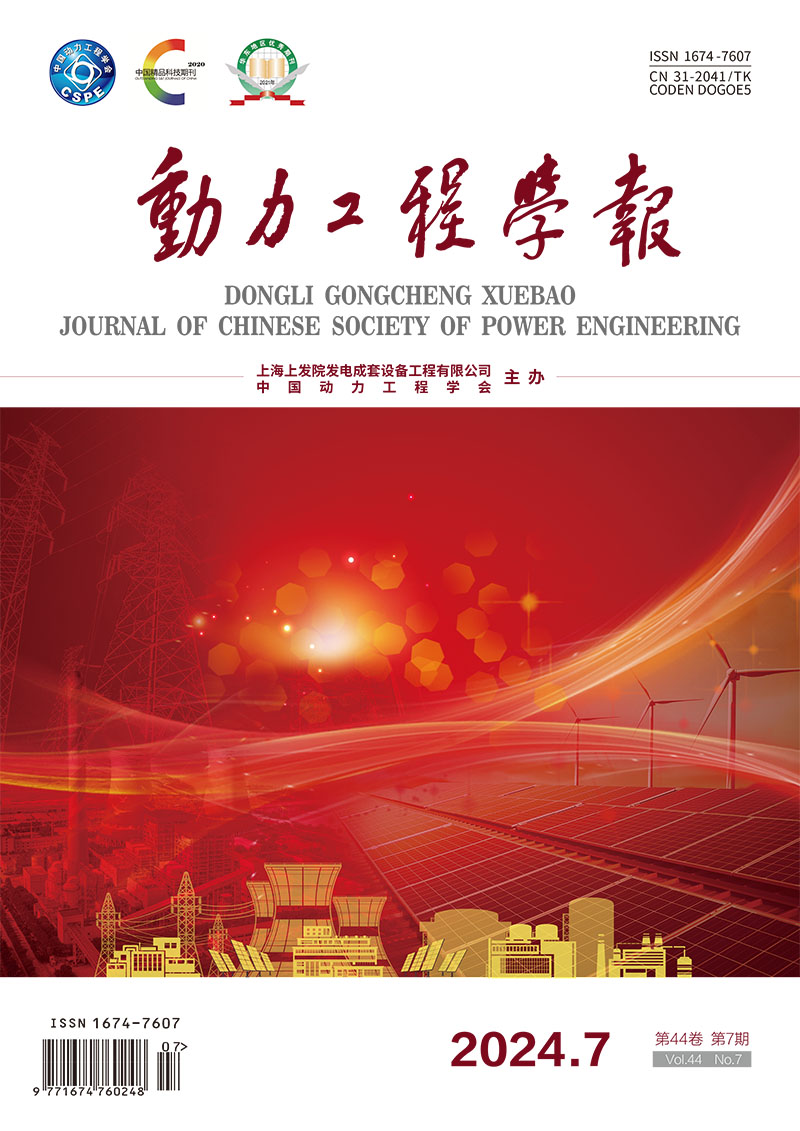Power Equipment and System
WANG Chao, WANG Yankai, CHEN Xiangru, SUN Xingye, LIU Kairui, WANG Limin, CHE Defu
In order to study the dynamic characteristics of boiler water-cooled wall, the water-cooled wall was divided into different modules, and the thermal deviation in height direction and circumferential direction was considered. The dynamic simulation model of the water-cooled wall of a 660 MW supercritical boiler was established. The wall temperature distribution of different walls in the water-cooled wall under the change of heat load was studied. When the different boundary conditions underwent step change, the response characteristics of the water-cooled wall were compared. The hydrodynamic and wall-temperature characteristics of the boiler water-cooled wall under load-variation conditions were studied. Results show that the change of the heat load of the rear wall only affects the wall temperature of the rear water-cooled wall and the slag tube. When the heat load of the rear wall rises to 1.5 times of the boiler maximum continuous rating (BMCR), the overtemperature phenomenon occurs at the slag tube. When the heat load, inlet feedwater flow rate and temperature undergo step change by -10%, the steam temperature at the separator outlet is changed by -7.97 K, +11.57 K and -19.97 K, respectively. The change of inlet feedwater temperature has the greatest influence on the steam temperature. Under the load lifting condition, the steam temperature first rises and then decreases. Under the load decreasing condition, the steam temperature first decreases and then rises.
